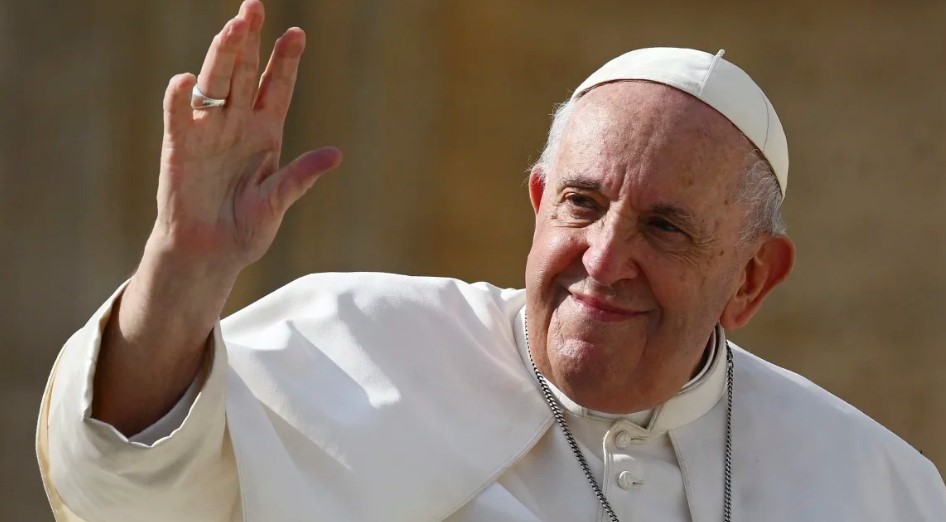Vatican City: The Vatican announced the passing of Pope Francis, spiritual leader of the Roman Catholic Church, who died Monday at the age of 88. Born Jorge Mario Bergoglio in Buenos Aires, Argentina, he breathed his last at his residence in Casa Santa Marta within Vatican City.
Pope Francis had been battling a prolonged lung infection and had been in critical condition in recent days. His death brings an end to a transformative papacy marked by humility, reform, and outreach to the marginalized.
In keeping with Vatican tradition, a nine-day period of mourning, known as the Novemdiales, is expected to commence following ceremonial formalities. During this time, Italy may also declare a national day of mourning, and memorial services will be held across churches in Rome and around the world, allowing Catholics to pay tribute to the late pontiff.
One of the most solemn observances will be the public viewing of the Pope’s body. Unlike previous pontiffs, Pope Francis had expressed a desire for simplicity. Accordingly, his embalmed body will likely remain in its coffin rather than being displayed on a raised platform or catafalque. The procession to St. Peter’s Basilica will allow mourners—both faithful and dignitaries—to offer their final respects.
With the Pope’s passing, the Holy See enters a period known as sede vacante, Latin for “the seat is vacant.” The College of Cardinals will now oversee day-to-day operations of the Church. However, no major decisions will be made until a new pope is elected.
Funeral Plans and Burial Traditions
The papal funeral is expected to take place between four and six days after his death, followed by additional rites and ceremonies. In line with his preference for modesty, Pope Francis will likely be buried in a single wooden coffin lined with zinc, diverging from the traditional three-tiered arrangement of cypress, zinc, and elm.
A white silk cloth will be placed over his face before the coffin is sealed—a longstanding symbol of the transition to eternal life. Custom also dictates the inclusion of a rogito, a written summary of the Pope’s life and achievements, as well as a pouch of coins minted during his pontificate.
Fulfilling his personal wishes, Pope Francis is expected to be interred at the Basilica of St. Mary Major, a site he often visited for prayer and quiet reflection.
Election of New Pope
Following the funeral and burial, attention will turn to the election of a new pope. The papal conclave, a centuries-old tradition, is anticipated to begin 15 to 20 days after the Pope’s death. Cardinal Giovanni Battista Re, 91, currently the dean of the College of Cardinals, is expected to preside over preliminary matters, though he will not vote due to his age.
Only cardinals under the age of 80—approximately 120 in number—are eligible to participate in the conclave. Held in strict secrecy within the Sistine Chapel, the election process involves successive ballots until one candidate secures a two-thirds majority. Black smoke from the chapel chimney signals no decision, while white smoke announces the election of a new pope.
Once a candidate accepts the papacy and selects a new name, an elder cardinal will deliver the traditional proclamation from the balcony of St. Peter’s Basilica: Habemus Papam—“We have a pope.” The new pontiff will then appear before the world, marking the beginning of a new chapter in Church history.
A Turning Point for the Catholic Church
As the Vatican prepares for a solemn farewell to Pope Francis, the global Catholic community enters a period of reflection, mourning, and anticipation. The days ahead will shape the future of the Church, even as they honor the legacy of a leader who sought compassion over judgment and simplicity over grandeur.
Further details regarding the funeral and conclave are expected in the coming days. For now, the world mourns a shepherd who walked humbly and sought to bridge faith with modern humanity.
Read Latest Gujarat News on www.theliveahmedabad.com
👉 Click here to read the latest Gujarat news on TheLiveAhmedabad.com




